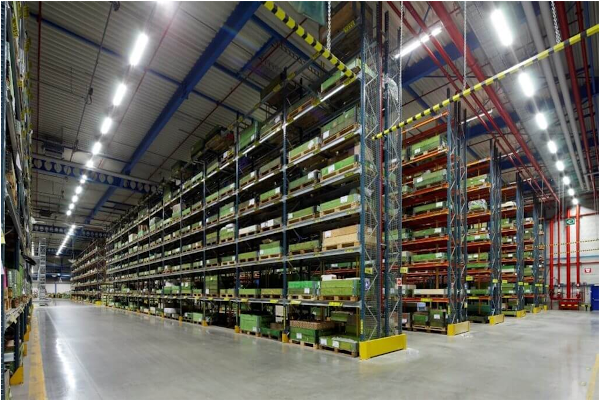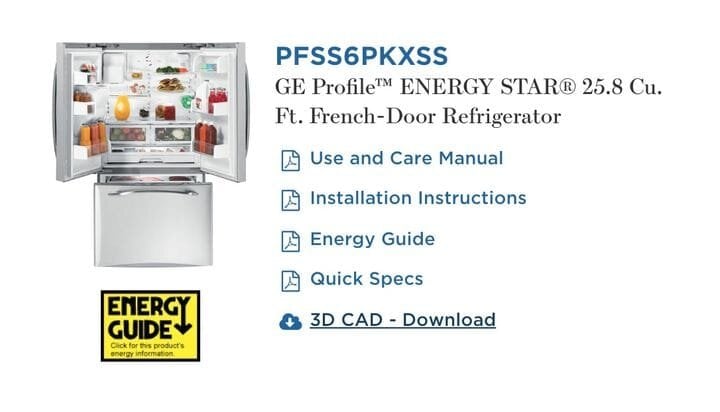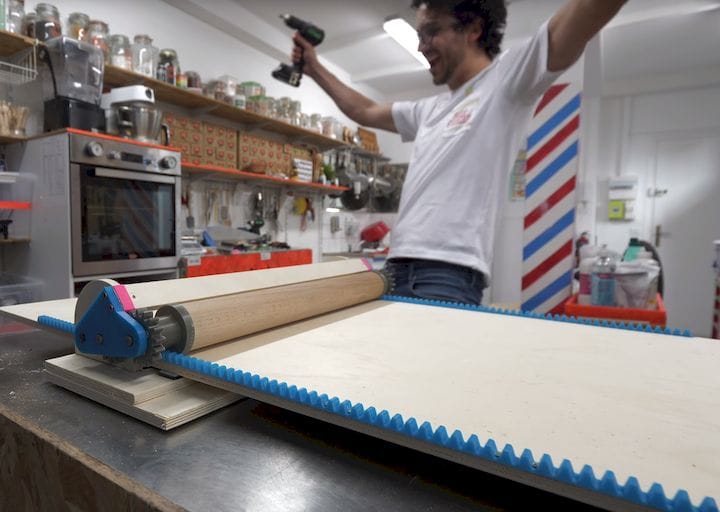![[Source: Spare Parts 3D ]](https://fabbaloo.com/wp-content/uploads/2020/05/Kitchen2_img_5eb094ef4465c.png)
Ian Brown and Tyler Gianchetta of R&D Tax Savers examine use of 3D printing in kitchen appliance manufacture.
The advent of 3D printing technology has already had a major effect on the kitchen equipment and appliance industry. After all, the possibility of 3D printing fruit, desserts, and other classic items at the touch of a button is an incredibly appetizing idea. However, the impact of 3D printing stretches far beyond the food itself. The technology has carved out a significant niche in the specific equipment utilized in food manufacturing, including refrigerators, meat cookers, and other significant kitchen equipment.
3D printing has staked its claim as an effective and innovative tool for food processing, with several companies taking advantage of the limitless benefits that integrating the technology can provide. These benefits range from faster lead times for developing prototypes to the ability to implement complex and durable mechanical designs that would otherwise be impossible to create. 3D printing also provides reliable cost-effective manufacturing processes because of the substantially reduced material cost regardless of the complexity of the design.
FirstBuild – ChillHub
Very few pieces of equipment can match the widespread utility of a refrigerator, being a staple device in any kitchen. Because of the sheer necessity of a refrigeration device, the ability to develop unique manufacturing process solutions as well as enhance performance goes a long way toward the overall improvement of the kitchen. It is for this reason that the home appliance and maker community FirstBuild has recently released a next-generation refrigerator known as the ChillHub. Developed using 3D printing technology, the ChillHub is a highly customizable appliance that is far more versatile than its appearance as an ordinary fridge would suggest. It features two integrated USB ports to provide control of new components, as well as built-in WiFi connectivity that allows owners to access their own refrigerator using a remote open-source iOS application. This state-of-the-art smart appliance doubles as an open development platform, allowing for the continual development of new hardware products to further take advantage of the technology.
![[Source: FirstBuild ]](https://fabbaloo.com/wp-content/uploads/2020/05/Kitchen1_img_5eb094efa4f63.png)
Headquartered in Louisville, Kentucky, FirstBuild was founded on the principle of consistent innovation. FirstBuild is a platform for makers to develop their unique concepts. The ChillHub was developed by members Brian Wagner and Nicolas Grenié, who leaned heavily on additive manufacturing and rapid prototyping in order to refine the product’s designs in an efficient manner. In addition to the community collaboration efforts and intense research that facilitated ChillHub’s development, FirstBuild is an official GE-backed initiative developed through partnerships between Stratasys’ MakerBot, the University of Louisville, and Local Motors working alongside GE Appliances. The fact that these globally-renowned firms have actively supported and contributed to these innovation efforts further showcases the immense potential of additive manufacturing concepts within the manufacturing arena.
Armor Inox – Thermix System
Armor Inox, located in Mauron, France, has been a subsidiary of Middleby Corporation since December 2011. Middleby is a leading manufacturer of cooking and industrial process equipment based in Elgin, Illinois. Armor Inox has recently joined its public parent company as a premier equipment manufacturer in the food industry. Armor specializes in cooking and material handling technologies for ready-meals and cooked meats such as pork, poultry, beef, and ham. The company is consistently looking to identify and integrate the most cutting-edge industry trends into their manufacturing processes, including the continual improvement of their 10,000 square meter manufacturing facility that features the latest in 3D printing technology across a myriad of applications including laser cutting, welding, and manufacturing.
Armor Inox has become the premier brand for fully-automated, thermal processing applications for cooked meats and ready-meals, due in large part to their highly innovative Thermix system. The Thermix system is adept at handling every aspect of cooking/chilling processes, from shaping to storage and the loading/unloading and all else in between. The processors can produce between 20 and 200 metric tons per day with as little as two employees, combining its incredibly high throughput with the additional benefits of production flexibility, performance quality, and low operating costs that include increased energy savings in addition to ensuring food safety with complete traceability. The resounding success of the Thermix system has made Armor Inox the world’s number one manufacturer for automated cook and chill systems for ham and other cook-in-bag products. The brand further exemplifies the value of additive manufacturing in the development of these types of solutions.
Electrolux – Spare Parts 3D
For years, Electrolux has been a perennial leader in manufacturing home and kitchen appliances and the Swedish multinational juggernaut has recently partnered with Spare Parts 3D, a Singapore-based startup, to integrate 3D printing technology into their repertoire. This partnership is designed to manufacture spare parts on-demand and more efficiently. It is common practice for appliance manufacturers to maintain a stock of spare parts even after production is completed in order to conduct maintenance and general repairs more seamlessly. However, storing these parts in warehouses generates further labor and maintenance cost, as well as leaving the parts vulnerable to gathering dust and becoming inoperable or even obsolete. One alternative for this storage problem is to warehouse parts centrally in factories or distribution centers. But then shipping the parts from distribution centers to customers can often take weeks.
Therefore, Electrolux has explored the prospect of 3D printing spare parts in an effort to reduce inventory management costs and improve efficiency. By integrating 3D printing technology into its manufacturing process, the company is able to mitigate cost spikes if the parts can no longer be supplied through mass production methodologies. In addition, physical inventory is minimized and shipping expedited. Electrolux has conducted feasibility studies in order to determine precisely which parts would be optimal for 3D printing and had identified the most efficient production methods and industrial engineering protocols. Through the implementation of 3D printing applications and digital inventory shifts, Electrolux has found an effective strategy to maximize savings without committing any additional investment, and the firm continues to flourish as a result of their research efforts and consistent dedication to innovation.
Plugging into a Good Idea
3D printing has clearly carved out a niche within the realm of home and kitchen appliances, as the technology has repeatedly proven to be an invaluable asset for manufacturing and inventory management. The fact that leaders in the industry have actively integrated 3D printing into their arsenal serves to further demonstrate its versatility and utility. In a field that is constantly looking to remain at the forefront of technological innovation, 3D printing provides a simple yet highly effective solution. With the overarching benefits of shorter lead times, increased design capabilities, and improved storage efficiency, 3D printing has shown that it is the forefront of innovation and has staked its claim as such.
The Research & Development Tax Credit
Enacted in 1981, the now permanent Federal Research and Development (R&D) Tax Credit allows a credit that typically ranges from 4%-7% of eligible spending for new and improved products and processes. Qualified research must meet the following four criteria:
-
Must be technological in nature
-
Must be a component of the taxpayer’s business
-
Must represent R&D in the experimental sense and generally includes all such costs related to the development or improvement of a product or process
-
Must eliminate uncertainty through a process of experimentation that considers one or more alternatives
Eligible costs include U.S. employee wages, cost of supplies consumed in the R&D process, cost of pre-production testing, U.S. contract research expenses, and certain costs associated with developing a patent.
On December 18, 2015, President Obama signed the PATH Act, making the R&D Tax Credit permanent. Beginning in 2016, the R&D credit can be used to offset Alternative Minimum Tax for companies with revenue below $50MM and for the first time, pre-profitable and pre-revenue startup businesses can obtain up to $250,000 per year in payroll tax cash rebates.







